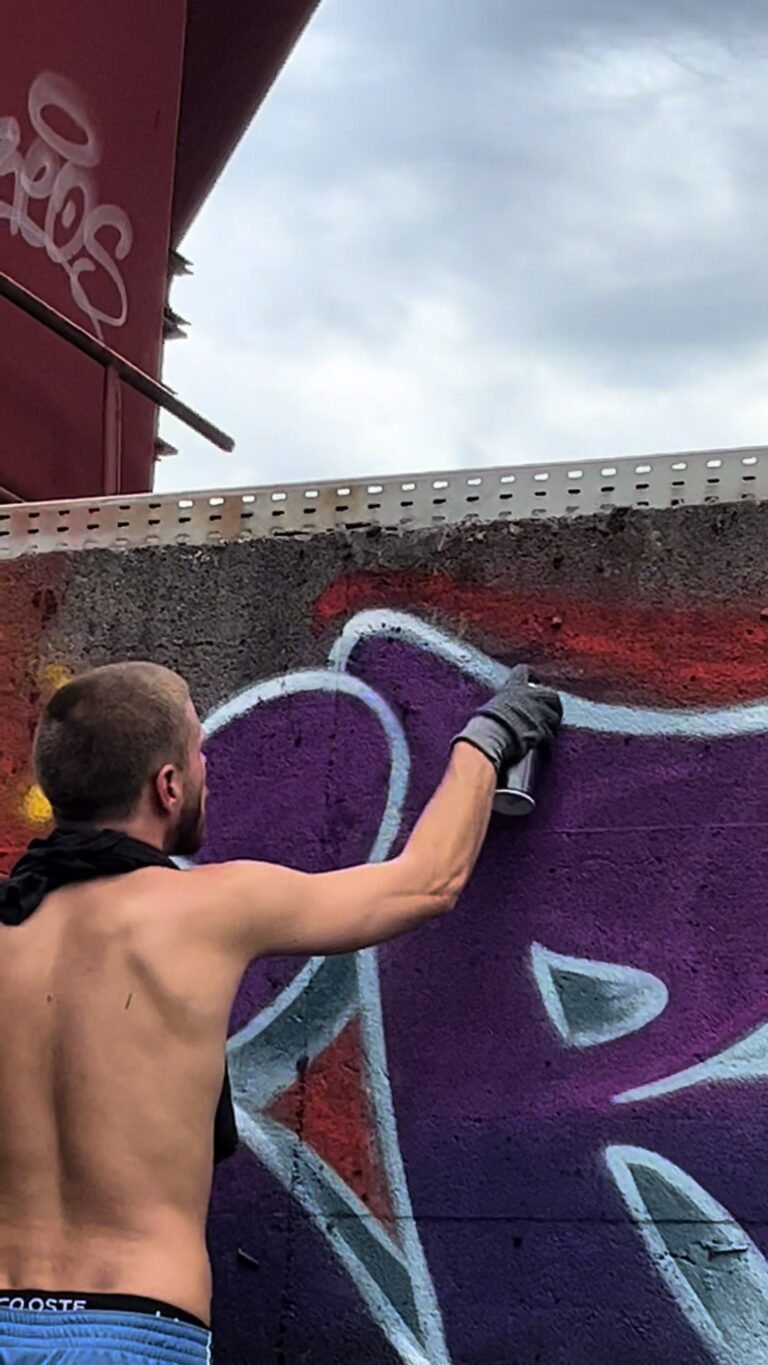One of the most perplexing cases to come across the desk of a PI is the theft of valuable art. After all, why would anyone steal fine art, since it’s so difficult to sell? Not only is it off-limits to legitimate art dealers, but the vast majority of private collectors would never buy it, either.
Art is very easy to damage. The theft itself, the transportation, and improper storage seriously erode the value and therefore the presumed payoff for the theft. Contrary to what you’ll see in the movies, art theft is not done by people who love art and want to hide it in the basement. In fact, the thieves often leave evidence of careless handling, which adds terrifically to the level of pain experienced by the museum staff or the private collector. What’s more, if there is any sentimental value attached to the artwork, the thieves don’t care about that, either.
The tools for investigating art theft are basically the same as what we use for any other investigation: surveillance, photos, interviews, and public records. Private Investigators have no police power to detain suspects for questioning, enter buildings or private property to conduct searches, or use a technique known as pretexting, where an investigator might put on a lab coat and pretend to be a medical professional in order to access information.
With the motives of the theft being so unclear and the powers of the PI being so narrow, what advantage do we have over police?
Unquestionably, the most important advantage is one of focus. While the police attention is scattered among a multitude of cases, the PI can focus a laser-sharp beam on the objectives of the client. (That’s not a license to overstep boundaries, but does help in following details that might seem insignificant to police.) Most of the stereotypes about PI’s are laughable, but one might have a kernel of truth: PI’s tend to be dogged in their ability to track down evidence and unravel the truth.
Why would a criminal want to hold on to fine art? One theory is that it is easier for a criminal to hide and store art than suitcases of cash. There doesn’t have to be any paper trail, bank statements, marked bills, or other traceable evidence. If arrested on another charge, such as a drug bust, the criminal can use his knowledge of the art’s whereabouts as a bargaining chip. And, even though he might not have taken good care of the art, the museums, owners, and the public still want it back.
Another theory is that thieves use art as collateral for big purchases like massive drug deliveries. After all, if you’re buying a $1.5 million load of contraband, is it easier to hand over that much cash, or deliver collateral that can easily be held and transferred? Having valuable collateral that the criminal doesn’t care about personally is a big advantage. It greases the wheels of criminal commerce, allowing the drug buyer to start making sales and paying off his or her debt to the seller.
PI’s are the ultimate undercover agents. They do not have badges and can arrange their cars, looks, and even the contents of their pockets so as to be unsuspicious. They can insert themselves into conversations in any bar or public place. They can travel to wherever the leads take them. In fact, Bob Wittman of the FBI’s Art Crime Team states that the ability to travel and speak knowledgeably about art is essential to recovering it.
While we do recover stolen belongings, including art, all the time, there are some famous heists that have never been solved. In March of 1990, 13 pieces of priceless art were stolen from the Isabella Stewart Gardner Museum in Boston. And to this date, 25 years later, not a single piece was ever recovered. Suspects have died off, given the police the run-around, and even gone to prison and served long sentences. But the art itself has never been found.
If you have fine art, it is a very good idea to keep pictures of it in a safe deposit box in a different location than the artwork itself. Try to take photos of the back or any distinguishing characteristics. It’s good to use professional help because fingerprints, strong lighting, humidity, and many other factors can damage the art, even if you can’t tell by looking at it. It’s also important to carry insurance on any very expensive possession.
Have you ever had any valuable objects stolen from you, and if so, what did you do to recover it?



